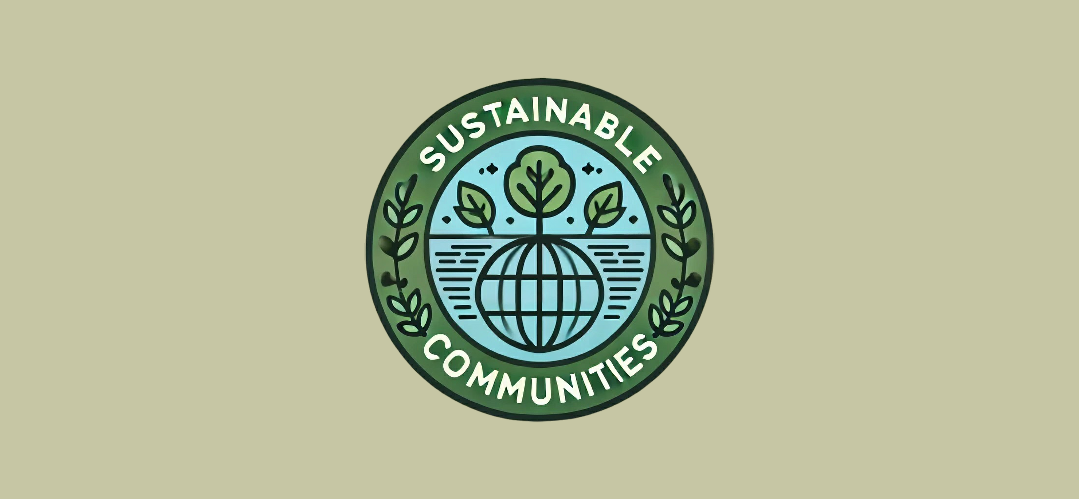By Kristi Sturtz, ALM, AICP
Resilience Defined
Communities across the United States are facing an increase in both frequency and intensity of multiple challenges including natural disasters like Hurricane Helene to health crises like the COVID-19 pandemic, and more. These disruptive incidents are compounded by underlying, long-term strains such as food insecurity, deteriorating or lack of infrastructure, persistent poverty, societal inequities, and climate change. We need to increase the resilience of our communities to better withstand these shocks and stressors. The National Resilience Guidance, published for the first time in August of 2024 by the U.S. Department of Homeland Security, Federal Emergency Management Agency (FEMA), defines resilience as “the ability to prepare for threats and hazards, adapt to changing conditions, and withstand and recover rapidly from adverse conditions and disruptions”.1

Collective Action Builds Resilience
There are many actors with interdependent roles within communities that work together to build resilience. The more we can strengthen the alignment and trust between these players, the stronger our communities will be. Below is a list of roles outlined in the National Resilience Guidance.2
Individuals and Households: Individuals and families are foundational to communities. The more we can plan and prepare to withstand disruptions, the better we all will be. This can include: building relationships and communications with neighbors, having adequate food, water and medical supplies for at least 72 hours, developing a personal disaster mitigation plan, having insurance to help protect the value of your assets, contributing to resilience efforts on behalf of your community, and assisting those less fortunate than you.
Communities: Communities comprise groups of people that have commonality such as geographic proximity or interest. Communities can help build resilience in a variety of ways, including organizing into neighborhood associations, church, or non-profit affiliations, etc. which helps with communication, trust-building, knowledge sharing, and advocacy/engagement efforts. Community spaces such as community centers, churches, and resilience hubs can help facilitate connection, respite, and resource distribution. Community groups can lead efforts to improve long-term strains within the community in addition to bringing together resources and collective action when more acute shocks occur.
Non-Governmental Organizations: Non-governmental entities, including nonprofits, faith-based groups, cultural organizations, philanthropies, academic institutions, and advocacy groups, play a crucial role in building community resilience by providing essential services, information, and support. These organizations often have deep insights into community strengths and challenges, such as the resilience of key systems like housing, food, and transportation. As trusted sources of information, they raise awareness about resilience strategies, partner with communities on planning and implementation, and support government efforts. Through education, technical expertise, and fostering social networks, they help communities strengthen their own resilience and access critical resources.
Businesses: Businesses of all sizes, from small local enterprises to large corporations, are integral to community resilience by sustaining economic vitality and ensuring the continuous delivery of goods and services before, during, and after disasters. Their involvement in resilience efforts, such as hazard mitigation, strategic partnerships, and risk management, benefits both the businesses and the broader community. Financial institutions can help by promoting savings and funding risk-reduction projects, while anchor institutions, deeply rooted in their communities, can contribute through long-term commitments and strategic support. Public-private partnerships further enhance resilience, making businesses vital players in community preparedness and recovery.
Governments: All levels of government play a vital role in promoting community resilience through their responsibility for public safety, security, health, and welfare. They can strengthen resilience by adopting and enforcing laws, allocating resources, and providing essential services. Local governments focus on zoning, building codes, and community planning, while the federal government supports with funding and data. Tribal governments, as sovereign nations, offer unique contributions through traditional ecological knowledge. Governments at all levels enhance resilience by integrating it into infrastructure planning, policymaking, community engagement, and cross-agency coordination, ensuring long-term preparedness and continuity.
Conclusion:
Building community resilience is important and requires collective effort from organizations across all systems, sectors, and disciplines, including government, the private sector, nonprofits, academia, and individuals. Each entity must understand its role in working towards a shared vision of a resilient people, society, economy, built environment, and natural environment.
- FEMA. (2024). National Resilience Guidance. https://www.fema.gov/sites/default/files/documents/fema_national-resilience-guidance_august2024.pdf ↩︎
- Ibid ↩︎


